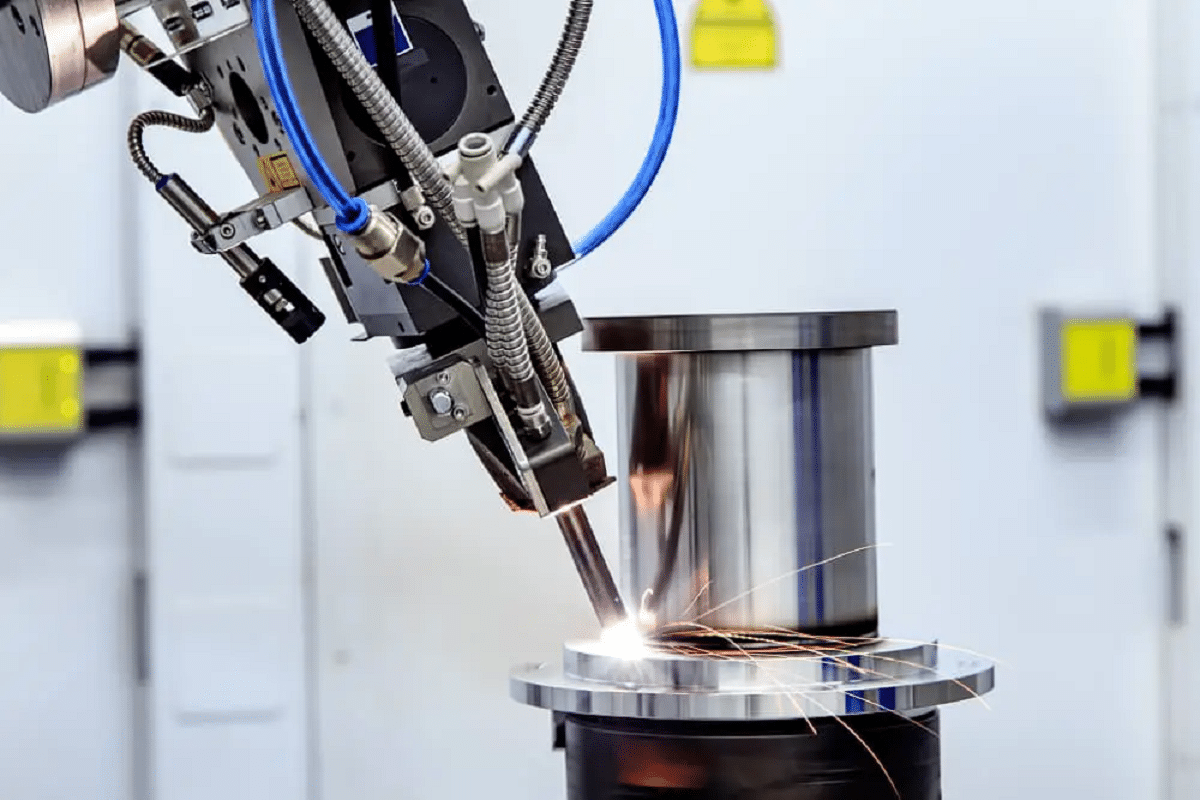Best Overview to Preventing Weld Undercut: Tips and Techniques
Best Overview to Preventing Weld Undercut: Tips and Techniques
Blog Article
Mastering the Art of Welding: How to Stay Clear Of Undercut Welding Issues for Flawless Manufacture Outcomes
By understanding the root creates of undercut welding and implementing effective techniques to prevent it, welders can elevate their craft to new degrees of excellence. In the quest of remarkable manufacture outcomes, understanding the art of welding to stay clear of undercut issues is not just an ability but a necessity for those aiming for perfection in their job.
Comprehending Undercut Welding

To prevent undercut welding, welders must make sure proper welding parameters, such as adjusting the current, voltage, travel rate, and keeping the right electrode angle. By understanding the causes of undercut welding and applying preventative actions, welders can achieve top quality, structurally audio welds.
Reasons For Undercut in Welding
Recognizing the factors that add to undercut in welding is necessary for welders to create top notch, structurally audio welds. Insufficient welding inaccurate or existing welding speed can also contribute to damage. Understanding these reasons and applying proper welding strategies can help protect against undercutting problems, guaranteeing strong and durable welds.
Strategies to stop Undercutting

To mitigate the risk of undercutting in welding, welders can employ critical welding methods aimed at improving the quality and stability of the weld joints. Additionally, making use of the right welding strategy for the details joint setup, such as weave or stringer grains, can add to reducing undercutting.
Additionally, appropriate joint prep work, consisting of making certain tidy base materials totally free of pollutants and using the appropriate welding consumables, is essential in preventing undercut issues. Utilizing back-step welding strategies and controlling the weld grain account can additionally help distribute warm equally and decrease the danger of undercut. Normal assessment of the weld joint throughout and after welding, as well as executing quality control measures, can help in my review here dealing with and detecting undercutting concerns quickly. By carrying out these techniques carefully, welders can achieve remarkable manufacture results with very little undercut problems.
Significance of Appropriate Welding Parameters
Picking and preserving ideal welding criteria is necessary for achieving effective welds with marginal defects. Welding parameters refer to variables such as voltage, current, take a trip speed, electrode angle, and shielding gas circulation price that directly affect the welding process. These parameters need to be thoroughly adjusted based upon the sort of product being bonded, its thickness, and the welding strategy utilized.
Proper welding parameters ensure the correct amount of warm is put on thaw the base steels and filler product uniformly. If the parameters are established too expensive, it can lead to extreme warm input, triggering spatter, distortion, or burn-through. On the other hand, if the specifications are also low, insufficient blend, absence of infiltration, or damaging may happen.
Quality Control in Welding Procedures

Conclusion
To conclude, mastering the art of welding requires a detailed understanding of undercut try here welding, its causes, and strategies to prevent it. By making sure appropriate welding criteria and carrying out quality guarantee techniques, flawless manufacture results can be achieved. It is necessary for additional reading welders to regularly pursue excellence in their welding procedures to stay clear of undercut concerns and create top notch welds.
Undercut welding, a typical defect in welding procedures, takes place when the weld metal does not appropriately load the groove and leaves a groove or anxiety along the bonded joint.To prevent undercut welding, welders should guarantee proper welding parameters, such as readjusting the present, voltage, travel speed, and keeping the right electrode angle. Poor welding existing or incorrect welding rate can likewise contribute to damage.To mitigate the threat of undercutting in welding, welders can employ strategic welding techniques aimed at enhancing the high quality and honesty of the weld joints.In final thought, mastering the art of welding needs a comprehensive understanding of undercut welding, its reasons, and methods to stop it.
Report this page